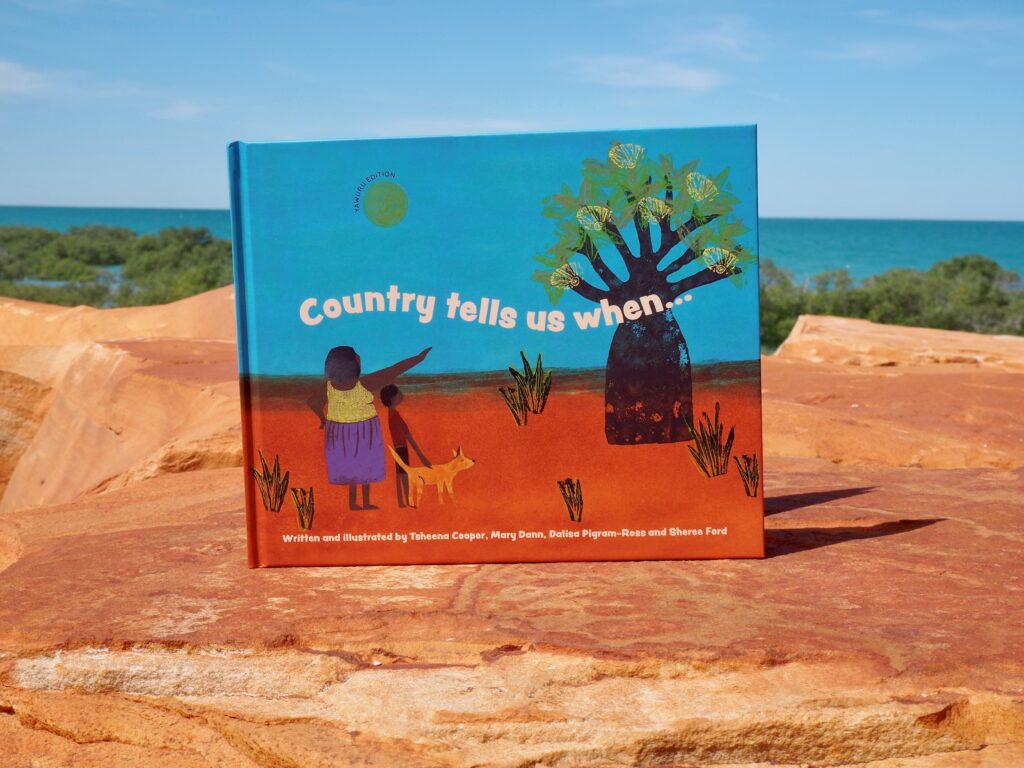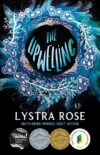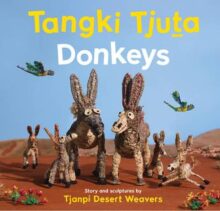Meet the publisher: Nicola Robinson at the Indigenous Literacy Foundation
After a ‘varied career in educational and trade—both kids and adult—publishing’ Nicola Robinson is ‘now lucky enough to head up the publishing team at the Indigenous Literacy Foundation’ (ILF), which publishes community-developed children’s books for First Nations readers.
When did you start in your current role at ILF? What appealed to you about it?
Back in 2022, I was comfortably commissioning books at HarperCollins and hadn’t thought of moving until the ILF role was advertised. Seeing that ad changed everything. I had commissioned and helped develop an Indigenous literacy series with all-Indigenous authors (Yarning Strong, OUP) more than a decade before, so I knew the terrain was sometimes demanding but so very worthwhile. There are challenges every day—I have to de-centre my mainstream publishing assumptions again and again—but it is enormously rewarding and I’m glad I stepped out of my comfort zone.
Can you tell us about the ILF publishing program and how it has evolved? What makes its way of publishing different to other publishing approaches?
Community-led is the key term. We exist to create the books remote Communities tell us they want, not to hit budgets or chase big sales numbers (of course, if those things happen, it’s a plus!). We receive applications from Communities who would like to work with us, and we work side by side with them to create books in the language and format of their choice, and at their pace, stepping back when appropriate (for example for Sorry Business, or—all too frequently in recent years—when a Community is scattered by natural disaster). Most of the books are picture books, with the goal of passing story and language on to new generations, but we are seeing a shift to projects creating books for and about teenagers.
How many books and authors has ILF published so far?
At the end of 2023, the tally was 126 books, including 36 languages. Counting authors is much more difficult, as many books are Community projects, with (for example) Elders, parents, teachers and school children all involved.
Is this your first time attending an international book fair? Any particular publishers that you are hoping to connect with at the fair?
Yes, this is my first international book fair, although I managed foreign rights for picture books in a previous position. I’m not aware of any other Community-led publishers, but I’m meeting with several smaller North American publishers that focus on First Nations books and am curious to see what we can learn from each other.
Can you highlight a few favourites from the ILF books on offer at the fair and what you love about them?
We have such a range of books. Country Tells Us When… is an absolute show-stopper. The overseas publishers and agents that I’ve already chatted with have been struck by its beauty and the notion that not everywhere in the world has four seasons. That’s a simple idea with huge ramifications. Winthali (Fire) is an exquisitely told traditional Dreaming story, which I think people expect from the ILF, but then we have rollicking stories of day-to-day life in remote Communities, like our books about Moli the pig, and fun-filled imaginary stories like our bestseller, No Way Yirrikipayi!

Do you have any favourite non-ILF published First Nations authors or books that you would highlight to international readers?
So many! I’ve just finished Lystra Rose’s YA fantasy The Upwelling (Hachette). I’m not usually a fantasy reader, but the clever plotting and compelling characters drew me right in. When it comes to picture books, I’d give my eye teeth to have worked on Tangki Tjuta (Donkeys) by the Tjanpi Desert Weavers (Allen & Unwin) or Albert Namatjira by Vincent Namatjira (Magabala). These books are works of art that must make their publishers very proud.



Category: Think Australian newsletter Think Australian profile




